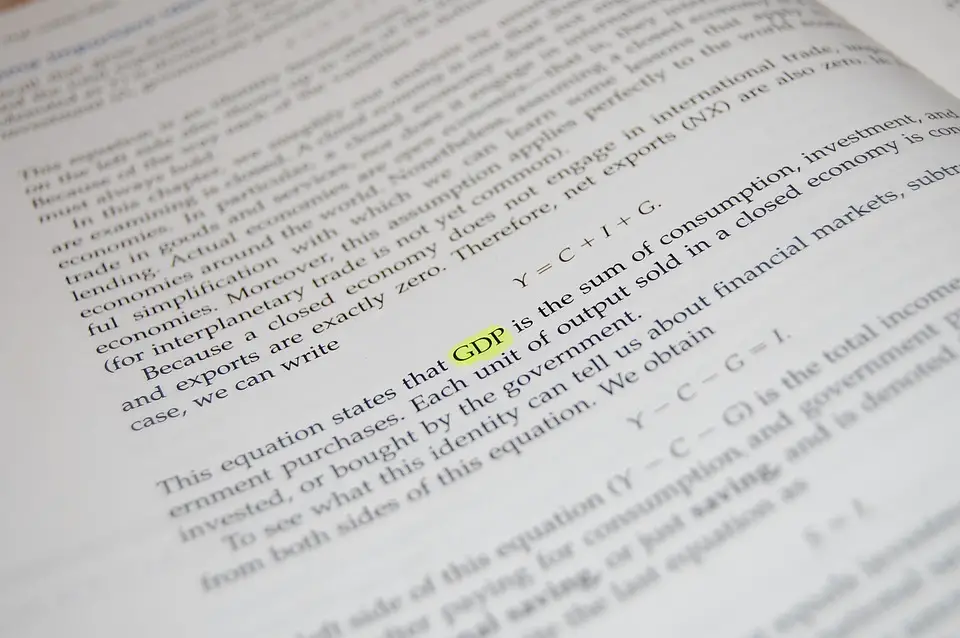
As Jadranka Dozan/Poslovni Dnevnik writes on the 1st of June, 2020, as we reported recently, the credit rating agency Standard & Poors has kept Croatia’s current ratings, although, like most others, it predicts a 9 percent drop in GDP this year, meaning that Croatian GDP will continue to feel the negative effects of the ongoing coronavirus pandemic for some time yet.
On Friday, state statisticians used a series of economic indicators to quantify the scale of the corona crisis on the Croatian economy.
In addition to estimating Croatian GDP for the first quarter, which the coronavirus pandemic severely affected by reducing annual growth to a mere 0.4 percent, the Central Bureau of Statistics (CBS) announced double-digit rates of decline in retail sales and industrial production for April, Croatia’s lockdown month, with the fiercest direct blow to the domestic economy.
As much as the April minuses of 25.5 percent (retail trade turnover) and 11 percent (industrial production) come as a concerning shock, they aren’t really a surprise. However, Standard & Poors made sure that the weekend started with a little less bad news for Croatia.
It reaffirmed Croatia’s existing credit rating (BBB-) and maintained a stable outlook for the next revision. The report will certainly not do any harm to Finance Minister Zdravko Maric’s position, who should enter the international market next week with new Eurobonds, the sale of which will seek to raise significantly more money than the amount needed to refinance 1.25 billion dollars of old bond debt. S&P has kept its current ratings, although, like most others, it predicts a 9 percent drop in Croatian GDP this year, which is one of the highest projected fall rates in the entire European Union (EU) for 2020.
Croatian GDP’s recovery could begin in the second half of the year, which could result in a 5.3 percent increase next year, and 2.5 percent a year later, they forecast. Overall, the return of Croatian GDP to the 2019 level, they say, isn’t likely before 2023, as the recovery in the tourism sector will also be very gradual.
With this new report, the agency is early in its regular audit calendar for more than obvious reasons.
The confirmation of Croatia’s investment rank (although it remains the lowest on that scale) is explained primarily by the expectation that the tourist season will not completely fail (it is likely to record a drop of about 70 percent) because Croatia is a destination to which many can drive for the largest emitting markets such as Germany, Austria and Slovenia, making it a little less dependent on air travel recovery.
In addition, the S&P emphasised the solid level of the Croatian National Bank’s international reserves, as well as the recent agreement with the European Central Bank on the so-called currency swap worth up to two billion euros. This should alleviate any immediate external pressures on liquidity and on the kuna’s exchange rate.
The aforementioned amount of available currency swap could be further increased when Croatia joins the European Exchange Rate Mechanism (ERM 2), that’s if it does end up joining it this summer, the report states.
After the Croatian Government submitted an official request to enter what is commonly known as the “lobby” or ”waiting room” during the procedure to adopt the euro in July last year, in addition to which it undertook a number of ”homework assignments”, the result of all that remains to be seen.
In the meantime, the findings of the ECB’s asset quality review and bank resilience testing, which affected five banks in Croatia, are expected.
As the asset quality review refers to last year, and given the above-average capitalisation of local banks, it seems that these findings shouldn’t be an obstacle to Croatia’s entrance into ERM 2. The government recently concluded that all points of the action plan have now been met. However, S&P emphasises that in addition to the aforementioned “tangible” benefits, joining ERM 2 could be an incentive for structural reforms.
The key risk for a return below the investment grade rating for Croatia would be the scenario of new travel restrictions and an economic downturn that would result in a more pronounced impact on the deteriorating balance of payments and a more permanent weakening of public finances and an upward public debt trajectory.
Although Croatia is heavily dependent on tourism and less integrated into global value chains than comparable countries are, S&P believes that reducing macroeconomic imbalances in recent years has created the basis that a temporary shock to the economy should not result in more permanent damage to the country’s credit metrics.
With the tools at the disposal of the central bank (with generous foreign exchange reserves further strengthened by the arrangement with the ECB), S&P estimates that even in the scenario of a 90 percent drop in tourism revenues (without other serious outflow pressures), the CNB could successfully cope with depreciation pressures.
Make sure to follow our lifestyle page for much more.








